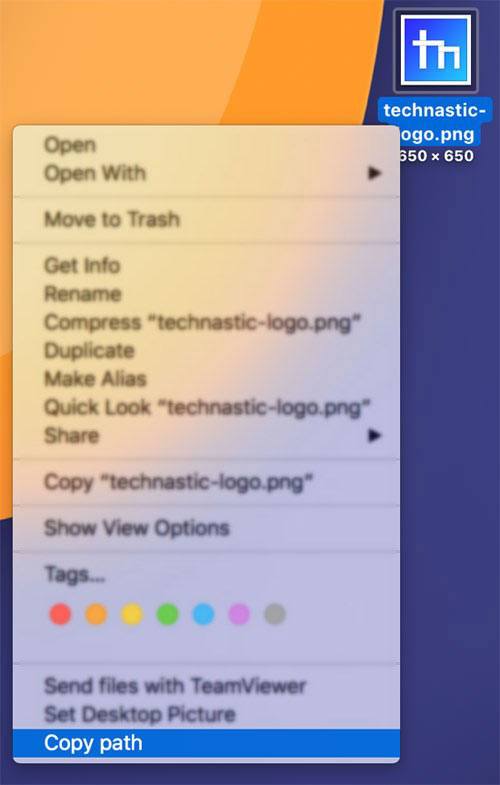A file path is the address or location of a file or folder in a computer’s file system. If you are a Mac user, you may need the full path of a file or folder. While it’s easy to find the path of a file in the Mac terminal using drag and drop, there are more ways to copy the path of a file or folder on Mac OS X Mountain Lion, Catalina, and Mojave. You can paste the file path on a Mac using Command +V.
The copied full path of a file looks as shown below:
/Users/UserName/Desktop/Sample.zip
1. Via Mac Context Menu
This is probably the easiest way to copy the path of a file or folder on macOS.
- Select a file or folder and perform a right-click.
- When the context menu appears, hold the Option key on the keyboard.
- Copy “File-name” as the Pathname option will appear in the context menu. Just click it to copy the full file path to the clipboard.
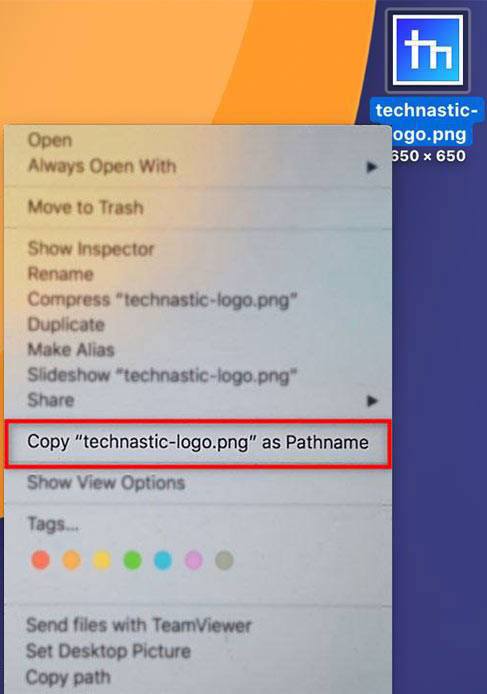
2. Via the Get Info Option
MacOS has an option called Get Info in the context menu. Using this option, you can see all information related to any file on your Macintosh computer such as file name, file type, file size, location, etc.
- Right-click a file or folder and click the Get Info option in the context menu.
- The info box will pop up.
- Check the Where label and you will find the path of the file. You can highlight the path of the file and copy it.
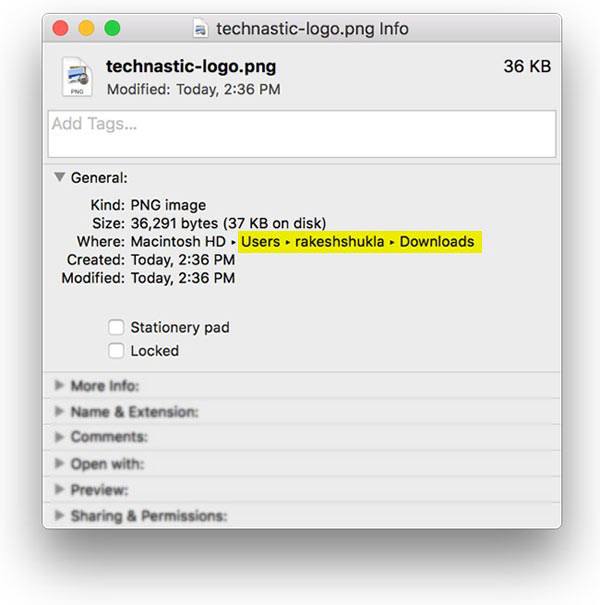
Use this method only if you want to find the location of a file or folder. You can copy the file path but can’t use it in the Terminal or a file upload dialog box.
Download: 300 Mac Keyboard Shortcuts Cheat Sheet PDF
3. From Go to Folder
There is yet another easy way to find and copy the path of a file on your Mac.
- While in Finder, click the Go option on the Taskbar.
- Select the Go to Folder option.
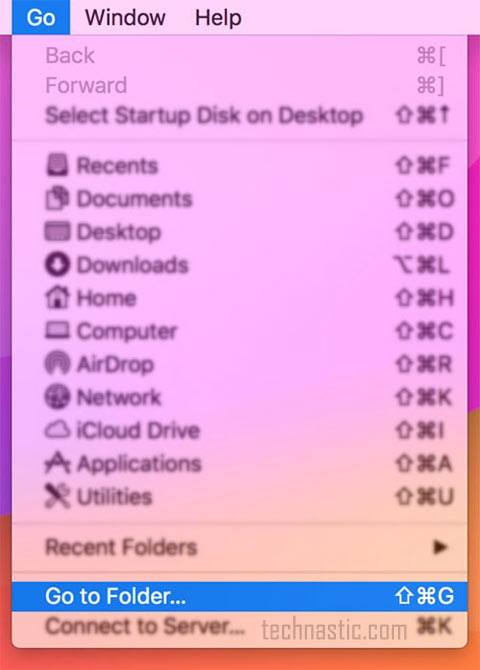
- You’ll see a new pop-up window named Go to Folder.

- Now, drag the file or folder into the input field that says Enter a path.
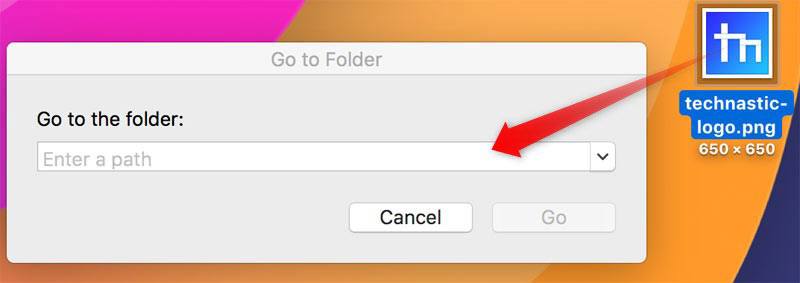
- You should now see the full file path in the Go to Folder dialog box.

- Just press Command + C to copy the path to the clipboard. You can now paste the full path of the file anywhere you want.
4. Via Mac Terminal
Mac Terminal is generally used to execute commands but you can also use it to find the path of a file on macOS. Follow these steps to find a file path using the Terminal app on Mac. This method is useful especially if you need to type the full path of a file in a command line.
- Navigate to Finder > Go > Utilities.
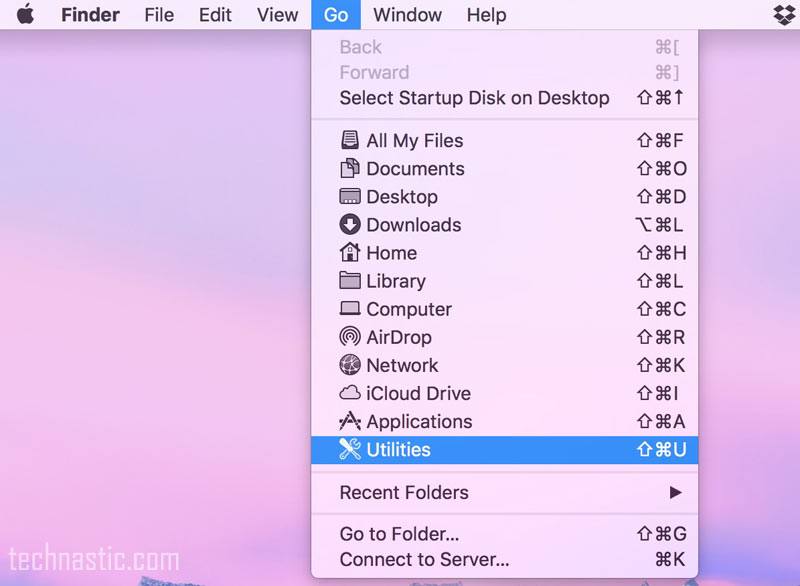
- Launch the Terminal app.
- Drag the file or folder and drop it in the Terminal window.
- It’ll instantly show you the full path of the file. If the file is located on the desktop, it will show the desktop path. Similarly, if the file is in the Downloads folder, it will show the download folder path in the Terminal.

- Just highlight the file path and copy it to the clipboard. The path of the file is ready to be pasted wherever you want.
5. Create a ‘Copy Path’ Service in Automator
This method requires a little effort because you need to create an Automator service using the Copy to Clipboard feature in macOS. Once you have created the service, you’ll have a Copy path option in the context menu for all files and folders. As this option will be permanently available in Mac’s context menu, it’ll prove very handy if you need to copy the file path on your Mac frequently.
The trick described below might sound a bit geeky but believe me you can create the Copy path service easily using my detailed steps.
- Launch the Automator app on your Mac. If you don’t know where to find it, try one of the methods described below and double-click the app icon to launch it.
- On the next screen, select Service and select Choose to create a new service.

- In the search input box, type “Copy to Clipboard”.

- Drag Copy to Clipboard into the right pane of the window.
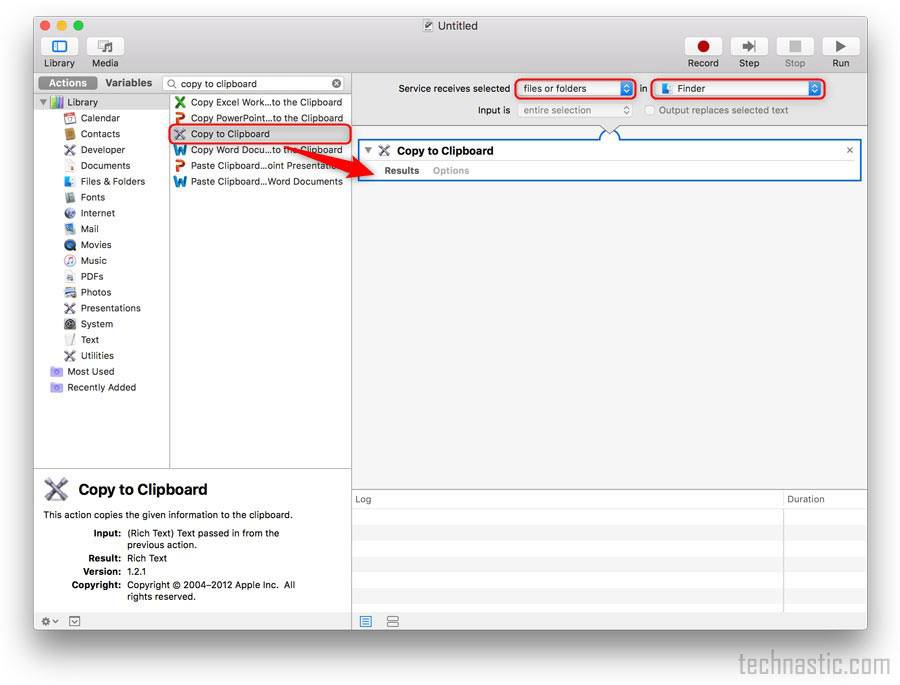
- Now, configure the 2 options under Service receives selected as files or folders and Finder as shown below.

- Finally, click File > Save and save your newly created service as “Copy path” or “Copy path to clipboard“.
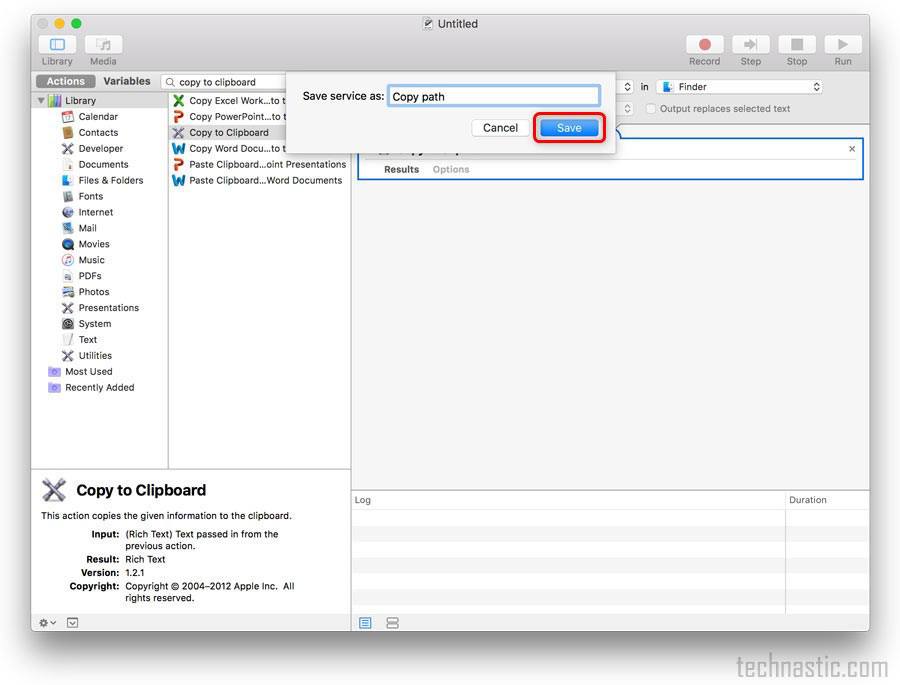
Now, right-click on any file or folder in Finder. You’ll see a new item called Copy path in the context menu. Clicking this option will copy the full path of a file.
If you use any of the methods listed above, you won’t need to type the path of a file or folder. In place using the Terminal app to find the path of a file, it’s better to create the Copy path service so that the option is always available in the context menu itself.
Read Next: 3 Ways to Take Screenshots on macOS

